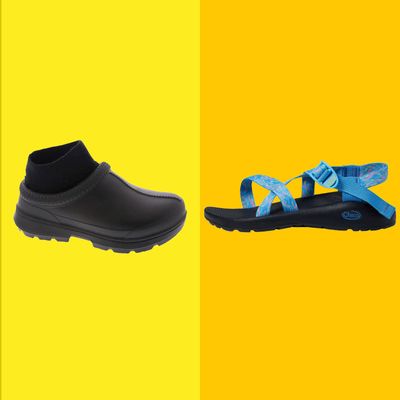The Ultimate Guide to Choosing the Perfect Walking Shoes for Every Occasion
Walking is a simple yet profound activity that can elevate our health and mood. It’s no wonder that the right pair of walking shoes can make all the difference in our daily strolls or more rigorous hikes. The journey to finding the perfect pair begins with understanding the unique needs of your feet and the terrain you’ll conquer.

Understanding Foot Types and Needs
Each foot is as unique as a fingerprint. Some of us have flat feet, while others have high arches. There are neutral runners, overpronators, and underpronators. Knowing your foot type is crucial for selecting walking shoes that provide the right support and comfort. As stated by the American Orthopaedic Foot and Ankle Society, “Proper footwear can prevent a wide range of foot problems.”
Assessing Terrain and Activity Level
Whether you’re walking on city sidewalks, hiking trails, or treadmills, the surface will dictate the type of sole and traction your walking shoes need. For urban walks, a shoe with a smooth, durable sole is ideal. Trails demand more aggressive treads to grip uneven surfaces. As for activity level, if you’re walking for exercise, look for shoes with proper cushioning and support to enhance performance and prevent injuries.
:max_bytes(150000):strip_icc():focal(1999x0:2001x2)/best-walking-shoes-6889252-c5b172ee11554c60adc17a60a3b5142f.jpg)
Choosing the Right Size and Fit
A common misconception is that all shoes shrink or expand with wear. However, this is not always the case. It’s vital to try on walking shoes later in the day when feet are at their largest. The shoe should comfortably accommodate your longest toe without cramping and have a snug yet flexible fit around the heel and midfoot. As podiatrists often advise, “Never buy shoes with the expectation that they will ‘break in’ later.”
Material and Breathability
When selecting walking shoes, consider the materials. Synthetic materials are often more durable, while natural fabrics like leather can be more breathable. For hot climates or sweaty feet, a shoe with good ventilation is essential to prevent blisters and infections. On the other hand, in colder or wet conditions, a shoe with water-resistant properties is necessary.

Technological Innovations
Modern walking shoes come with innovative features such as gel cushions, memory foam, and responsive soles. These technologies can greatly enhance comfort and support. However, it’s important to balance innovation with practicality. Not every high-tech feature may be suitable for your specific needs. As fitness experts on Twitter often point out, “The best shoe is the one that feels the best on your feet.”
Longevity and Replacement
Walking shoes are not made to last forever. They have a lifespan, typically around 300 to 500 miles, after which they may no longer provide adequate support. Signs of wear, such as a compressed heel cushion or a worn-out sole, indicate it’s time for a replacement. As a general guideline, replace your walking shoes every six months to a year, depending on usage.
:max_bytes(150000):strip_icc()/tal-walking-shoes-test-on-cloud-5-ashleigh-morley-01-f02f544a3dcf4b67b919b810eac77f09.jpeg)
Final Thoughts
In conclusion, finding the perfect pair of walking shoes is a journey of self-discovery and practical assessment. It involves understanding your foot type, assessing the terrain, choosing the right size and fit, considering materials and breathability, evaluating technological innovations, and being mindful of longevity and replacement. Remember, the perfect pair of walking shoes is not just about aesthetics but about the comfort, support, and health of your feet.
:max_bytes(150000):strip_icc()/when-should-i-replace-my-walking-shoes-3436325-0801-7a1840d83573471092e0380f9e230ecc.jpg)
